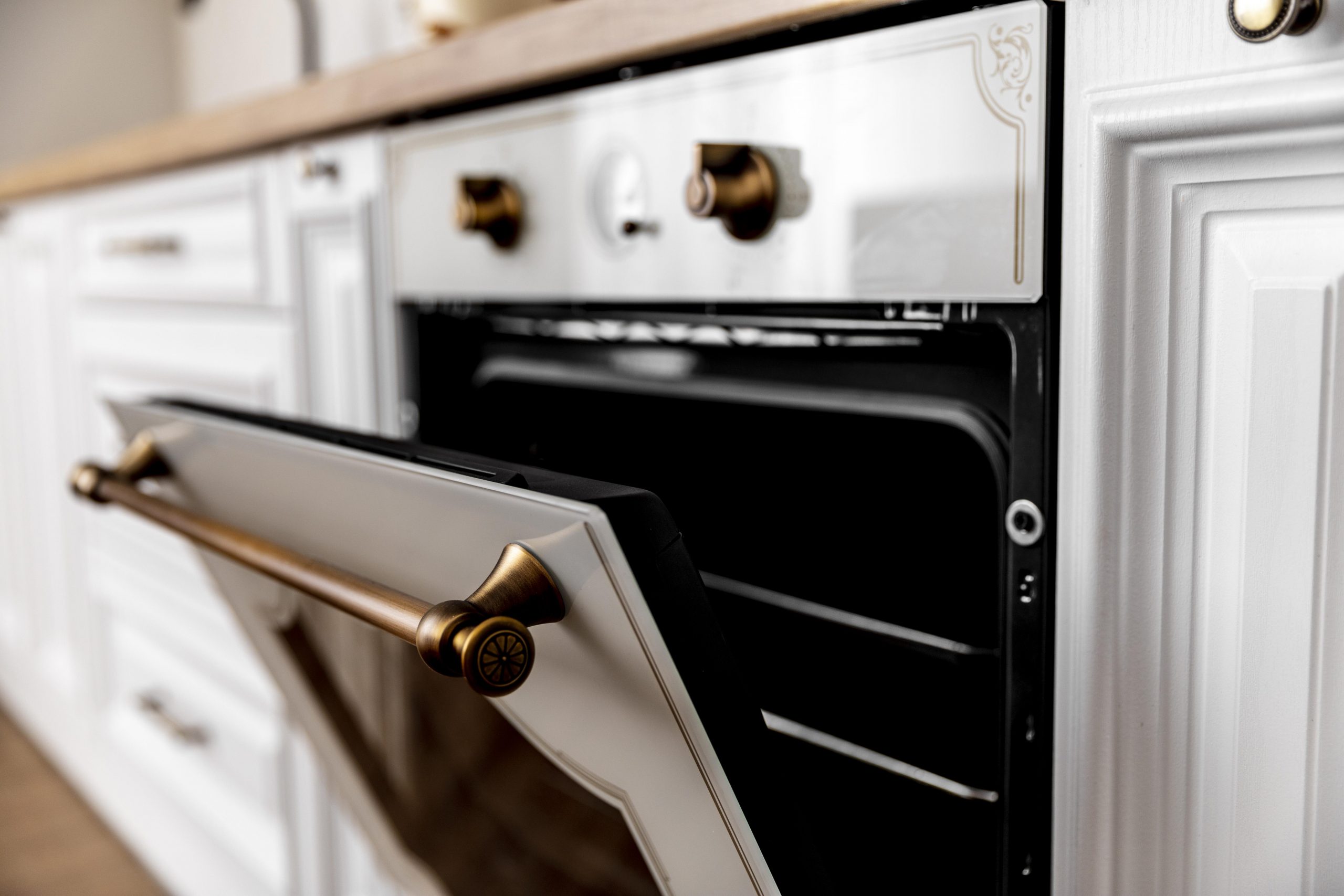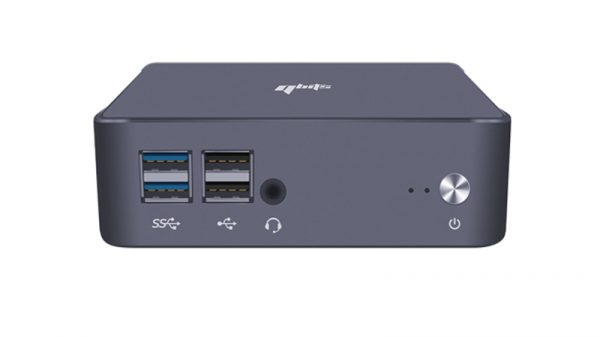Keeping your oven clean not only ensures safe and efficient cooking but also extends its lifespan. Regular maintenance prevents grease buildup, which can affect both food flavor and appliance performance. Whether you have a traditional or modern oven, proper cleaning methods are essential.
From simple wipe-downs after use to periodic deep cleans, maintaining cleanliness not only enhances cooking results but also reduces the risk of smoke and odors during operation. By following a few straightforward steps by Pickaboo, you can keep your oven in top condition for years to come.
-
Use the self-cleaning function
Many modern ovens come equipped with a self-cleaning function, designed to simplify maintenance. This feature heats the oven to high temperatures (usually around 900 degrees Fahrenheit or 482 degrees Celsius) to burn off food residue and grease. During this process, any leftover debris is reduced to ash, which can be easily wiped away once the oven cools.
It’s important to remove racks and any other removable parts before activating the self-cleaning cycle to avoid damage. Always follow the manufacturer’s instructions to ensure safe and effective use of this function.
-
Remove and soak the racks
To effectively clean oven racks, remove them from the oven and soak them in a mixture of hot water and dishwashing liquid. Allow the racks to soak for several hours or overnight to loosen baked-on grime. Use a scrubbing sponge or brush to remove the remaining residue, rinsing thoroughly with water afterward.
For stubborn stains, a paste of baking soda and water can be applied and left to sit before scrubbing. Once clean, dry the racks completely before returning them to the oven. Regularly cleaning oven racks helps maintain cooking efficiency and extends the life of your appliance.
-
Add baking soda to remove stubborn spots
For particularly stubborn spots inside your oven, baking soda can be a powerful and natural cleaning agent. Create a paste by mixing baking soda with a small amount of water until it forms a spreadable consistency. Apply this paste to the affected areas, focusing on spots of grease or burnt-on residue.
Let the paste sit for at least 15-20 minutes, allowing it to break down the stains. Use a damp cloth or sponge to scrub the area, working in circular motions to lift off the loosened grime. Finally, wipe the oven interior with a clean, damp cloth to remove any residue.
-
Remove dust and debris from hidden areas
To ensure thorough cleaning, pay attention to often-overlooked areas in your oven. Use a vacuum cleaner with a brush attachment to remove dust and debris from vents, crevices around the door, and any other hidden areas.
For tight spaces, a soft-bristled brush or toothbrush can be effective in dislodging trapped particles. Wipe down these areas with a damp cloth to remove the remaining dirt. Regularly cleaning these hidden spots not only improves the oven’s appearance but also prevents the buildup of grime that can affect its performance over time.
-
Check your oven gasket
Regularly inspect the oven gasket, which seals the oven door to maintain temperature and efficiency. Look for signs of wear, tears, or looseness that could compromise its effectiveness. Clean the gasket with mild soap and water to remove any food particles or grease buildup that could prevent a proper seal.
If the gasket is damaged or not sealing properly, it may need replacement to ensure optimal cooking results and energy efficiency. Taking care of the oven gasket helps maintain consistent temperatures inside the oven and prolongs the lifespan of your appliance.
-
Inspect the coils and gas lines regularly
Regularly inspecting oven coils (for electric ovens) or gas lines (for gas ovens) is crucial for safety and efficiency. For electric ovens, check the heating elements for signs of damage or corrosion. Replace any faulty elements promptly to ensure even heating and prevent potential hazards.
For gas ovens, inspect the gas lines for leaks or wear. Use a solution of soap and water to check for bubbles around connections, indicating leaks that require professional repair.
-
Deep clean your oven at least twice a year
To maintain optimal performance, deep clean your oven thoroughly at least twice a year. Remove racks and use a non-toxic oven cleaner or a homemade paste of baking soda and water to clean all interior surfaces.
Pay attention to corners, vents, and the oven door. Wipe away the residue with a damp cloth, ensuring no cleaner remains. Regular deep cleaning prevents grease buildup, enhances cooking efficiency, and prolongs the lifespan of your oven.
Conclusion
Proper maintenance of your oven is essential for safe, efficient cooking. Regular cleaning, using features like self-cleaning cycles, and inspecting critical components ensure your oven performs at its best. By adopting these practices, you not only improve cooking results but also extend the longevity of your appliance. Remember to follow manufacturer guidelines for cleaning and maintenance to maximize safety and effectiveness. With routine care, your oven will continue to serve you well for years to come.







